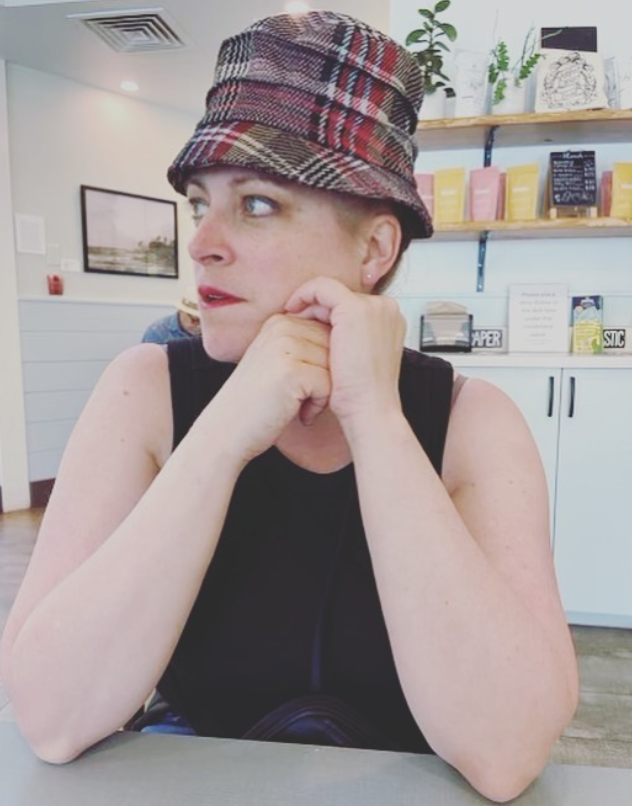New Writing App…Better Than a Box of Chocolates
Seriously?!
No…really…he did…
This is a Tom Hanks…
This is a typewriter
This is Hanx Writer.
Cool!
It’s FREE…but…you can purchase upgrades…Hanx 707
For $2.99, you can add ribbon colors.
OR
For $4.99,…the WRITER”S BLOCK BUNDLE.. you can add ribbon colors, background colors, multiple documents, text alignment and title page and picture.
I might go for the extras..but the free version does have sharing capabilities ….e-mail, kindle, ibook, Google Chrome etc.
Anyway…
Enjoy!
Until next time….







